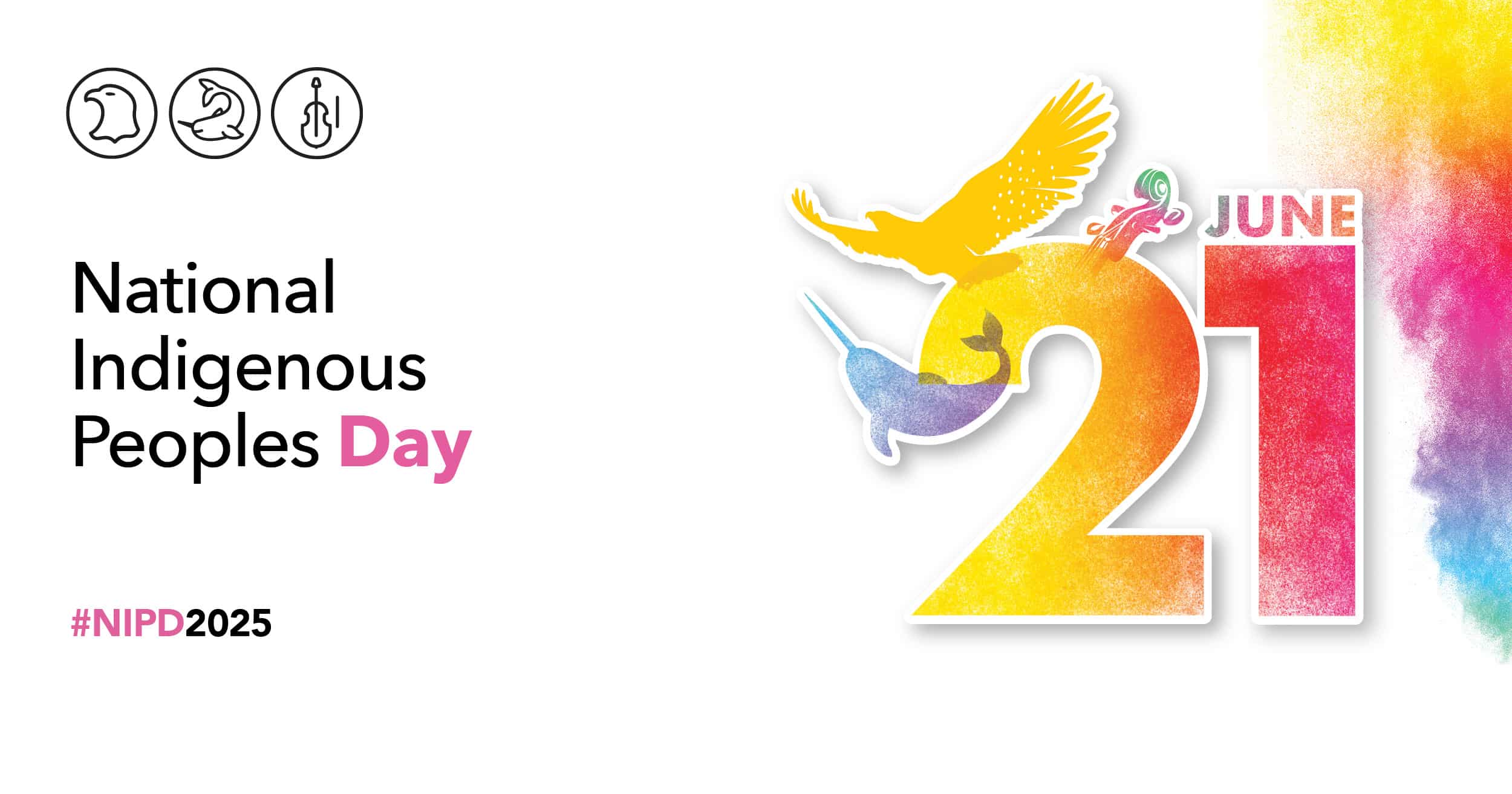New York adoption agency says, “Slow down!” Speed is the enemy of successful adoptions.
According to Maris Blechner, in making a successful adoption placement, the age, race, or health of a child makes little difference. Neither do the marital and financial status, the location, or the parenting experience of the prospective parents. What matters most is the parent’s ability to claim a child, and a long, careful, transition.
Blechner is the no-nonsense, go-getting, vastly experienced executive director of Family Focus Adoption Services in New York. In November 2007, she was a keynote speaker at the Belonging Network’s (formerly AFABC) Celebrating Family Adoption Conference. Amongst the several topics she covered was her agency’s pioneering work in transitioning children from foster care to adoption.
Using common-sense methods and a strongly child-focussed approach that turns much current adoption practice on its head, Family Focus has placed hundreds of foster children into forever families. In the US the adoption disruption rate (when children are returned to foster care) varies from 10-25%: at Family Focus it’s 3%.
There are a certain percentage of people who sincerely believe that they are ready to adopt, but who truly are not.”
One of the reasons for that low failure rate is that the avoidance of disruption is front and centre in Family Focus’s approach and informs everything they do, right from the start. This is how the agency states it on their website: “There are a certain percentage of people who sincerely believe that they are ready to adopt, but who truly are not. Some of these people find that out during the study process. But the ones who end up disrupting are the ones who don’t find that out until it’s too late and a child has been placed with them. It is our job as social workers to figure out how to identify and screen those people out prior to placing children with them… If we work slowly enough and carefully enough for these families to find out who our kids truly are before we place the children, we can avoid much heartache and additional pain for both the families and the children.”
Blechner, an adoptive parent herself, and her team have organized their adoption process around the concept of claiming; everything they do is based on discovering if a parent is able to claim a child. “We have to teach what claiming is and that it will help a parent decide whether or not they should adopt,” explains Blechner. She emphasizes that once a parent has claimed a child, it’s forever: there’s no going back, no returns, no exchanges. She also adds that when a family isn’t able to connect with a child they do sometimes move on to adopt another child.
Though adoptions with Family Focus take longer than might be considered normal, Blechner says that the families that they work with love the process because, to put it bluntly, they won’t be “stuck with an awful kid.”
Timing is everything
Most people who give advice on the process of moving a child from a foster family to an adoptive family urge all parties not to rush. However it’s not unusual for exactly that to happen: maybe a foster parent has given notice, or Christmas is coming up and wouldn’t it be nice to have the child with the new family? Perhaps a new school year is about to start, and it seems important to allow the child to settle in before then. Maybe the adoptive parent is pushing his or her social worker, or the overworked social worker just needs to move on to another family.
According to Family Focus, none of those are good enough reasons to rush a placement because it could result in a failed adoption and another devastating rejection of a child that has already been hurt multiple times.
Fending off fantasies
During the transition process Family Focus will slow things down but, on no account, will it speed things up. Here’s how the agency states it: “Speed is the enemy of successful adoption. Families have dreams of adopting a fantasy child; children have dreams of being adopted by fantasy parents. When the fantasies are shattered by living with the realities of each other, the sense of shock and betrayal that follows will all too often poison the adoption. Fixing a poisoned adoption is incredibly difficult. In the belief that an ounce of prevention is worth a pound of cure, Family Focus will not sanction an adoption until we trust that the family and child have recognized and accepted each other for who they are. That requires time.”
The agency also assumes that the interests of the pre-adoptive family and the child are not the same, until proven otherwise. Therefore, every adoption transition has two workers—one for the child and one for the family.
Adoption — maybe
Until the child decides that he or she is ready to be adopted, the adoption is on a “maybe” basis. Children are told not to call the potential parents “Mom or Dad,” and on no account will the child be told before the transition has taken place successfully, “This is your new Mom or Dad.” Each adoption is seen on this “maybe” basis and the transition only proceeds if a child—even a very young child, agrees. In the case of siblings, the children have group visits but also individual visits with the prospective parents. If the family decides that they don’t want to continue with visits, a meeting is called to see if the problem is solvable, which it often is; if not, the visits are discontinued.
Different circumstances
If the foster family are on board then they are involved in the process. If they are not, visits will take place away from the foster home or, if necessary, the child will be moved into transitional foster care. If the prospective parents live too far away for the normal transition process to take place, the agency has developed an in-house transition program.
Once the parent has decided that he or she wants to adopt the child, the child has consented, and all the stages in the transition have been completed, a ceremony will be held in which the child and parent or parents will read covenants affirming their commitment to adopt or to be adopted.
As Blechner says, her agency’s methods have one focus—to protect the children from families who can’t commit to them. But not only does it do that, the entire process is respectful of the children’s, even young children’s, right to have far more say in how the transition process goes and who their parent or parents should be.
“Empowered transition is scary,” says Blechner. “But, if during the transition phase it is decided that the parents can’t move forward, there’s far less damage to the child because it was always presented to the child as a “maybe” family. Though she agrees that empowered transition involves more work, Blechner challenges social workers and their bosses to try it, because it works.






